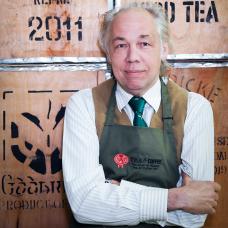How to Perform a Japanese Tea Ceremony
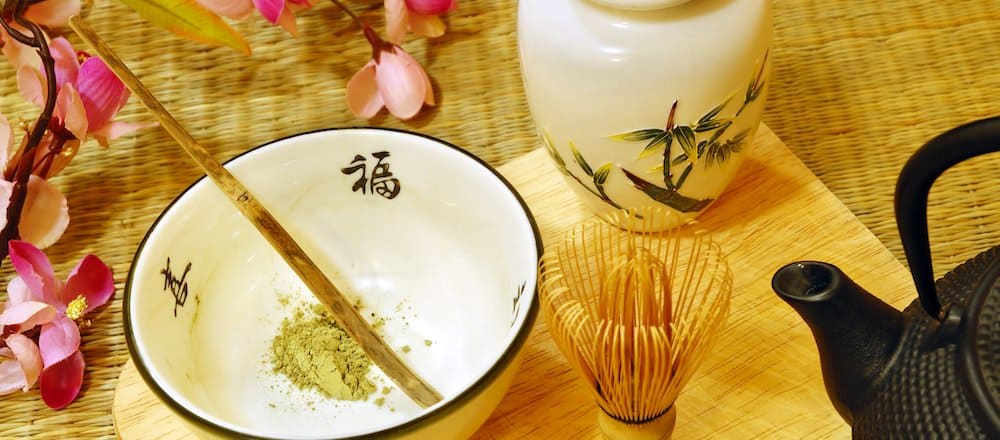
Japanese Tea ceremony culture has become a worldwide phenomenon. It is a thing of grace and beauty, shrouded in centuries of fascinating history. So much history, in fact, that it would be all but impossible to fit it into one article.
But we can try our best, providing you with the basic need-to-know facts concerning the question, “What is a Japanese Tea ceremony?” Please keep reading to find out more.
We have even better news: After you’ve finished here, you can buy the finest Japanese ceremonial Matcha Tea Powder to start your own tradition.
Since its founding in 1982, The Kent and Sussex Tea and Coffee Company, a family-run business, has taken pride in packing its products fresh to order. Doing so ensures quality and consistency with every delightful cuppa brewed.
Japanese Tea Ceremony Content Index
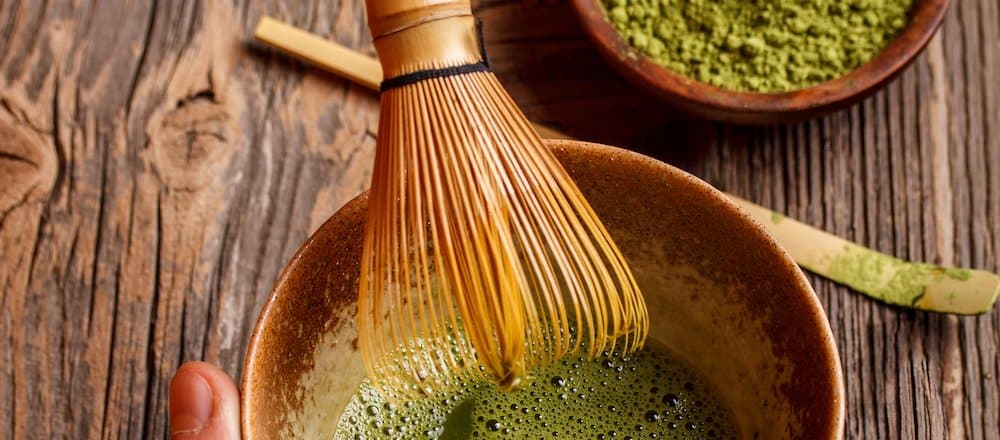
Why is the Japanese Tea Ceremony Important?
Understanding the answer to the question, “Why is the Japanese Tea ceremony important?” requires us first to explore the Tea itself. The infusion in question is that of Matcha, which comes in powdered form, and has long been a staple of Japanese society.
This dates back to at least the 10th century CE, although few historical records exist to pinpoint its precise beginnings.
What we know with some certainty is that Chinese Green Tea, before people ground it into a powder, arrived in Japan in 1191. According to one story, a monk called Eisai introduced it to the local population, later experimenting with its processing.
He eventually came up with Matcha, writing that it was “the ultimate mental and medical remedy… to make one’s life more full and complete.”
But how did it transform from a simply tasty brew to Japanese ceremonial Matcha Tea? The tradition as we know it and love it today originates from 16th century Japan.
It is considered a quiet celebration known for cleansing the mind, body and soul, one that is perhaps all the more critical in the 21st century. However, it isn’t only the Tea you need – it’s time to talk about the Japanese Tea ceremony kit.
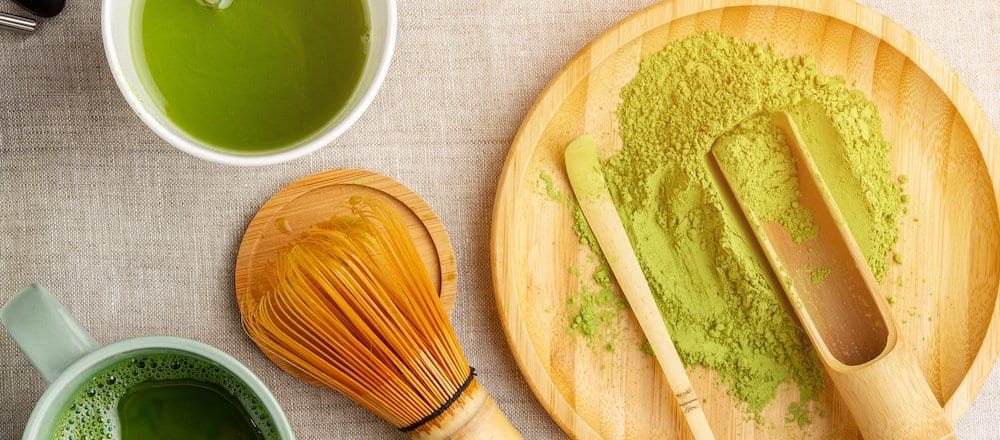
Japanese Tea Ceremony Utensils and Terminology
We’ve discussed the basics of Japanese Tea ceremony history. Now, it would seem, we need to delve deep into the world of Japanese Tea ceremony equipment.
If strictly adhering to tradition is essential to you, having a room dedicated to the art, known as a “machiai”, is where we should start. You’ll need, too, a bowl called a “chawan,” and a specially-designed caddy for storing the powder called a “chaki”.
Finally, the ceremony itself is “Chanoyu” (茶の湯), a word referring to the customary style of entertaining guests with Matcha Powder to hand.
Of course, to be able to perform your own chanoyu to the highest standard, you’ll be expected to obtain Tea of the finest quality. Look no further than us. Before you do so, though, are you ready to learn how to perform a the Tea ceremony?
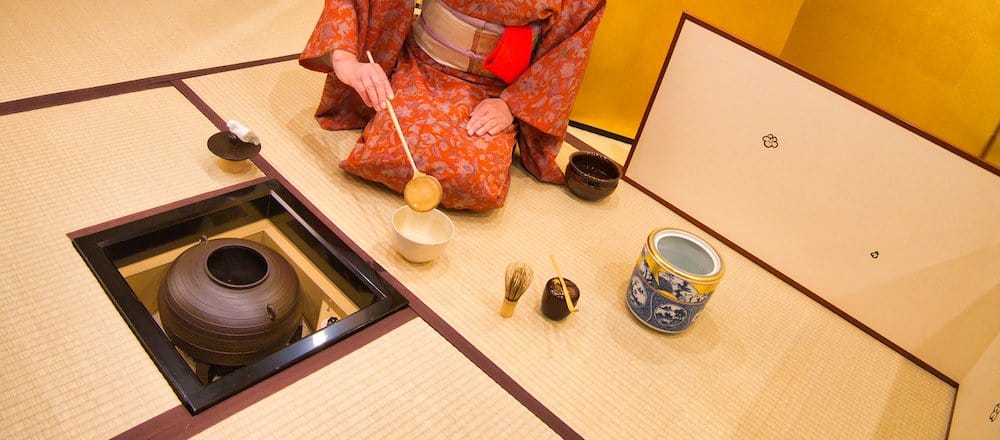
How to Perform a Japanese Tea Ceremony
You’re probably keen to immerse yourself in this experience. The good news is that the moment has arrived. Once you’ve got your hands on the Japanese Tea ceremony utensils required (not forgetting the Tea!), you can follow the step-by-step guide below.
Just be sure to note that there are Japanese Tea ceremony rules to consider while practising these instructions:
- Clean everything you plan to use. This includes all of the utensils, such as a Matcha Tea Whisk and a Bamboo Matcha Tea spoon, as well as the room (“machiai”) itself.
- Formalities can now begin. Start by greeting your guests with a single bow, then ask them to step forwards. Sometimes, dew covers the ground to symbolise the removal of dust from the world.
- Both the host and the guest should next wash their hands and face in a stone basin for the art of purification. Cleaning the mouth, in particular, is especially important.
- Begin brewing your Matcha Green Tea Powder by adding 1-3 scoops per guest into a bowl (usually a homemade item). You can then add a small amount of hot (not boiling) water.
- Although sometimes offered before the Japanese Tea Ceremony, you might consider giving your guest traditional wagashi sweets while the Tea infuses.
- Start to stir the powder using a Matcha Whisk until it produces a bright-green liquor in your bowl. It is almost – but not quite – ready to drink.
- Once the Matcha Tea has reached the right consistency, add more hot water while continuing to whisk it. This will create a thick, rich infusion.
- All that’s left, then, is to invite your guest to indulge. And you can enjoy it, too.
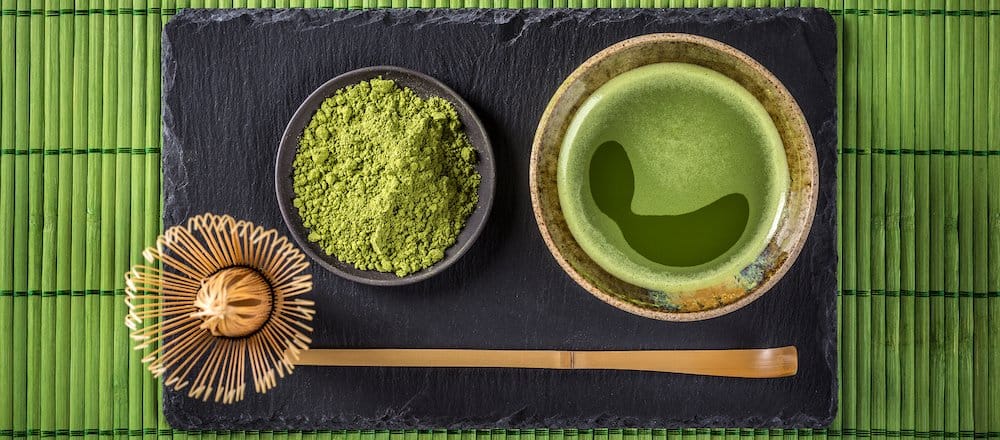
Japanese Tea Making Ceremony (FAQ)
A quick recap: We’ve established “why is the Japanese Tea ceremony important?”, what utensils/equipment it requires, and how to perform it.
Do you still have questions? Worry not. You will find below our answers. If you still have queries afterwards, please feel free to contact us – we’re more than happy to help with anything Loose Leaf Tea- or Coffee-related.
Q) What, Exactly, Are Japanese Sweets in the Tea Ceremony?
A) We made a passing mention of Japanese sweets for the Tea ceremony above, but you probably want to know more. Wagashi (和菓子), as they’re known, are a variety of Japanese sweets, one of the most common of which is Namagashi (生菓子).
This, in turn, is a confection typically made from rice flour and a sweet bean paste filling that has been shaped by hand to reflect the season.
Q) How Long Does a Japanese Tea Ceremony Last?
A) The Tea part of this elaborate affair is just that – a part. A full-length formal ceremony, which takes approximately four hours, also involves a meal (kaiseki).
This is alongside not one but two Tea servings – “koicha”, meaning a “thick” consistency of Matcha, and “usucha”, meaning “thin”. In other words, be sure to allocate yourself enough time for the preparation and ceremony itself.
Q) Is There Any Japanese Tea Ceremony Music Involved?
A) This is somewhat of an optional extra. Though not crucial to the inner workings of the Japanese Tea ceremony, having music on in the background undoubtedly contributes to the allure and tranquillity.
We’re not talking about any old music, though, of course, so be mindful of what you put on. Your best bet is probably a traditional Japanese music playlist – emphasis on “traditional”.
Q) How About Traditional Japanese Tea Ceremony Clothing?
A) Yes, there is etiquette and precedent in terms of clothing. Ideally, regardless of whether you’re the host or a guest, you should be wearing a Japanese kimono. This is a T-shaped, wrapped-front garment with square sleeves and a rectangular body.
Though Western conservative clothing is acceptable, the kimono is the preferred choice. Additionally, you’ll want to remove your shoes and replace them with slippers.
Q) Are There Any Other Japanese Tea Ceremony Facts I Should Know?
A) The reality is that we’ve barely scratched the surface. There are, for example, several other lesser-known utensils that could be used.
Furthermore, it’s worth recognising that changes have taken place over the last few hundred years, notably going from being “men only” to gender inclusive. If you’re still determined to discover more, there are numerous books available on the topic.

 Loose Leaf Tea
Loose Leaf Tea Pyramids
Pyramids Tea Bags
Tea Bags Africa
Africa Assam
Assam Ceylon
Ceylon Chinese
Chinese Darjeeling
Darjeeling European
European Indian
Indian Japan
Japan Nepal
Nepal South East Asia
South East Asia Ayurveda Tea
Ayurveda Tea Black Tea
Black Tea Chai Tea
Chai Tea Flowering Tea
Flowering Tea Fruit Tisanes
Fruit Tisanes Green Tea
Green Tea Herbal Tea
Herbal Tea Matcha Tea
Matcha Tea Oolong Tea
Oolong Tea Organic Tea
Organic Tea Pu erh Tea
Pu erh Tea Rooibos Tea
Rooibos Tea White Tea
White Tea Asian Coffee
Asian Coffee Caribbean Coffee
Caribbean Coffee Central American Coffee
Central American Coffee South American Coffee
South American Coffee Coffee Blends
Coffee Blends Decaffeinated Coffee
Decaffeinated Coffee Espresso Coffee
Espresso Coffee Ethically Sourced Coffee
Ethically Sourced Coffee Flavoured Coffee
Flavoured Coffee Organic Coffee
Organic Coffee Single Origin Coffee
Single Origin Coffee Chocolate 1
Chocolate 1 Chocolate 2
Chocolate 2 Chocolate 3
Chocolate 3 Chocolate 4
Chocolate 4 Chocolate 5
Chocolate 5 Chocolate 6
Chocolate 6 Chocolate 7
Chocolate 7 Chocolate 8
Chocolate 8 Chocolate 9
Chocolate 9 Loose Tea Filters
Loose Tea Filters Tea Accessories
Tea Accessories Tea Bricks
Tea Bricks Tea Caddies
Tea Caddies Tea Caddy Spoons
Tea Caddy Spoons Tea Gift Ideas
Tea Gift Ideas Tea Infusers
Tea Infusers Tea Strainers
Tea Strainers